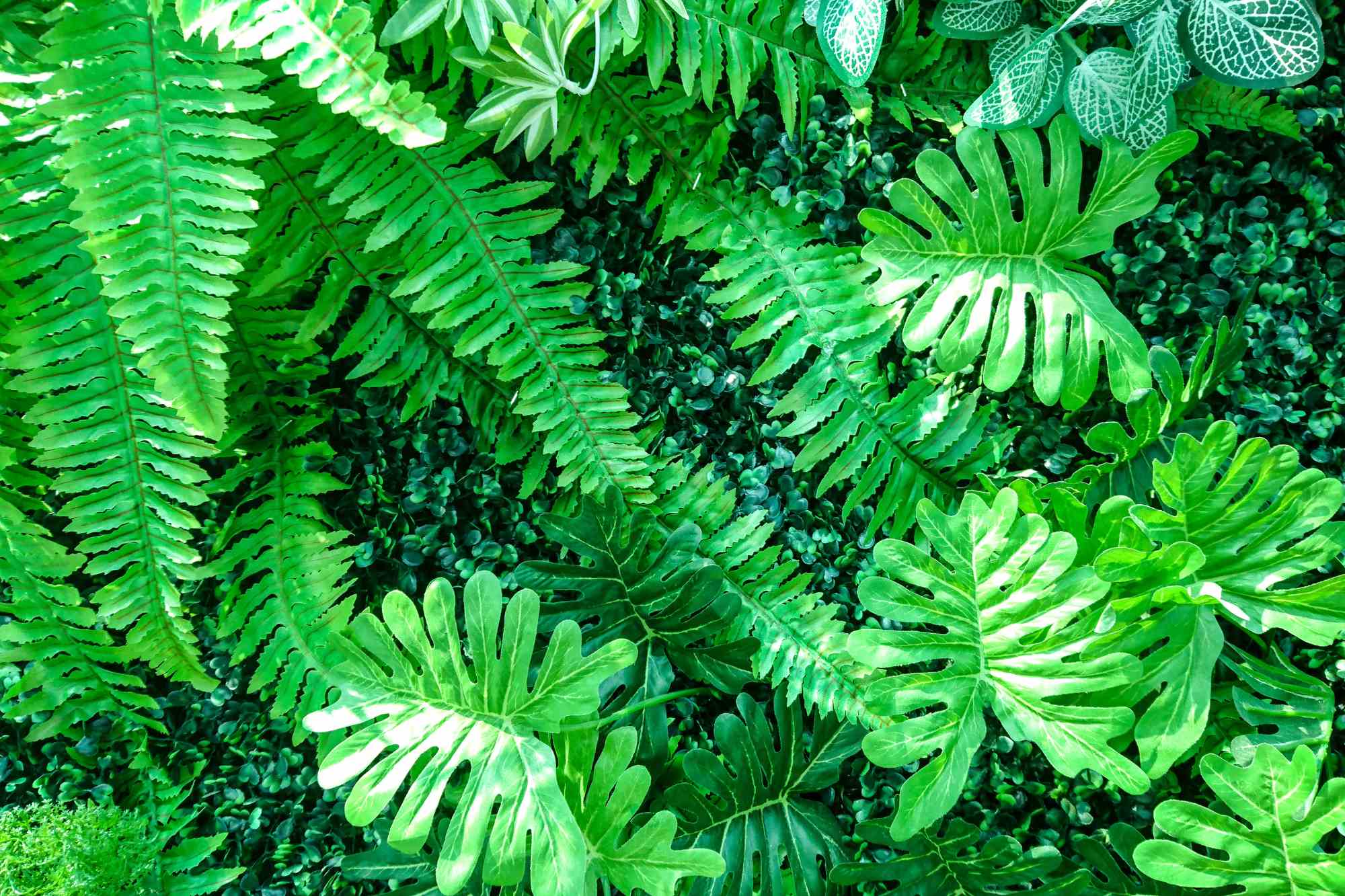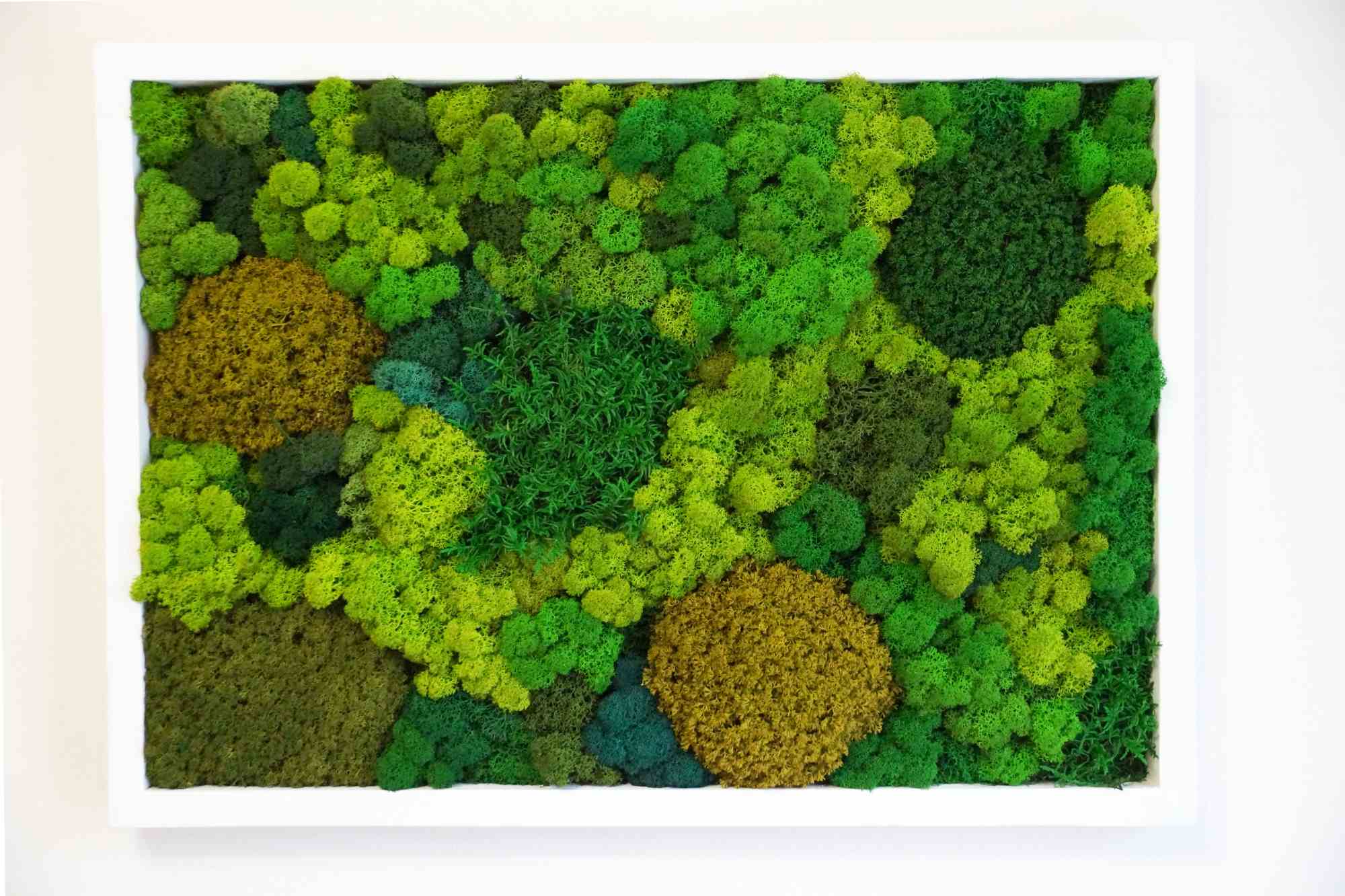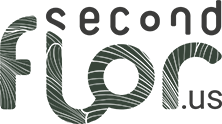
WHAT IS IT?
How Does Fake Moss Compare to Preserved Moss: The Artificial Difference
As people increasingly seek ways to bring the outdoors into their living and working spaces, biophilic design has surged in popularity. Among the most favored elements for adding greenery indoors is moss, used in everything from vertical gardens to creative art pieces. Consumers often face a choice between two primary options: fake moss (or artificial moss) and preserved moss. However, not all moss products are the same.
What is considered as Fake Moss?
Fake moss, also known as faux or artificial moss, is typically made from synthetic materials like plastic or polyester. Designed to mimic the appearance of real moss, it is frequently used in commercial displays, events, wedding decor, and settings where low-cost, low-maintenance options are prioritized. While it can offer a consistent look, artificial moss often falls short in texture and realism. Over time, the synthetic materials can fade, crack, or become brittle, detracting from its initial aesthetic.
What is Preserved Moss?
In contrast, preserved moss is real moss that has undergone a treatment process to maintain its fresh appearance for an extended period. This preservation process allows the moss to retain its natural qualities—such as texture, color, and suppleness—without the need for water, sunlight, or other care. The result is a living piece of nature, preserved in time, and offering a vibrant, organic feel. For those who prioritize authenticity and sustainability for indoor designs, preserved moss is the superior option.
Fake Moss & Preserved Moss: Understanding the Real Difference
The primary distinction between fake moss and preserved moss lies in their composition and how they align with biophilic design principles. Fake moss, made from synthetic fibers, is often chosen when budget is the main concern. Available in a variety of colors and styles, it can be appealing for temporary or low-maintenance projects. However, on closer inspection, fake moss lacks the texture and natural variation found in real moss, which makes it less suitable for high-end designs or nature-focused spaces—especially when used alongside natural elements like plants, trees, or topiaries.
Preserved moss, on the other hand, retains all the organic beauty of living moss. Each piece is carefully harvested from nature and treated to preserve its appearance for years without fading or wilting. This makes it a valuable option for long-term installations where an authentic, organic aesthetic is desired. Its ability to maintain its natural softness and texture sets it apart from artificial moss, making it ideal for creating cohesive, nature-inspired spaces for an indoor wall installation. Furthermore, preserved moss can easily be incorporated into designs that include natural elements like terrariums, vases, or decorative branches, enhancing the overall visual impact.
Designers who appreciate the natural imperfections and textures of organic materials often lean towards preserved moss, knowing it will provide a more authentic and visually engaging result than artificial alternatives.

Artificial Moss Products vs. Real Preserved Moss: What’s Better for Your Client’s Space?
When choosing between artificial moss products and preserved moss, it’s essential to consider the long-term impact these materials will have on a space. Artificial moss is often mass-produced from materials like plastic or polyester, offering an easy, low-cost solution for creating a moss-like appearance. However, because it’s made synthetically, artificial moss tends to lack the individuality and richness that real moss brings. While it requires little to no upkeep, its uniform texture and appearance can make it feel less authentic, particularly when used in conjunction with other natural decor like trees, plants, or decorative walls.
In contrast, preserved moss stands out for its authenticity. This natural product retains the lush texture and deep green color of living moss, making it perfect for those looking to add a true element of nature to their designs. Because it doesn’t require water or sunlight, preserved moss is also a sustainable and eco-friendly choice. Whether used to complement grass or rose arrangements, or to enhance larger installations involving trees and plants, preserved moss seamlessly integrates with other natural elements. It is equally effective in small, subtle applications, like adding texture to vases, or in grand installations, such as moss walls or vertical gardens.
Ultimately, the choice between artificial moss and preserved moss depends on what you value more: quick and inexpensive solutions for short-term projects, or authentic, organic materials that elevate the overall design and create a lasting connection to nature.
Faux Moss in Design Compared to the Organic Green Beauty of Preserved Moss
Adding green elements to interior spaces has become a hallmark of modern design, especially with the increasing popularity of biophilic design. This design approach is all about creating a connection with nature in built environments, enhancing well-being and reducing stress. Both faux moss and preserved moss offer opportunities to incorporate greenery, but the differences between them can significantly impact the final design.
Faux moss, or artificial moss, can bring a pop of green to a space without any maintenance requirements. It is commonly used in areas where there is no access to natural light, or for temporary installations such as event decor or exhibitions. However, while faux moss can provide a basic green aesthetic, it often lacks the depth, vibrancy, and texture that real moss offers. As a result, it’s more suitable for short-term or low-budget designs where an approximate imitation of nature is sufficient, but it may not deliver the same sense of tranquility and authenticity as preserved moss.
Preserved moss, on the other hand, is a true piece of nature. Its ability to retain the genuine colors and textures of living moss makes it the more desirable option for creating calming, organic spaces. While it requires a slightly higher upfront investment, its green beauty lasts for years without fading, making it a sustainable choice for long-term projects. Preserved moss can be used in everything from moss walls to topiaries, adding richness and texture to a variety of design elements. For designers who want to establish a strong, lasting connection to nature, preserved moss far outshines any faux alternative.

Elevate Interior Spaces with SecondFlor Wholesale Moss
For those seeking premium preserved moss and other preserved floral products, SecondFlor offers the highest-quality moss available on the market. Our preserved moss is sustainably sourced and treated using environmentally friendly processes to ensure its long-lasting beauty. Whether you’re working on a large-scale project like moss walls, topiaries, or decorative trees, or you simply want to enhance smaller decor items like vases and plant arrangements, SecondFlor’s wholesale options provide unmatched value and quality.
Transform your spaces with the elegance and beauty of natural greenery—shop with SecondFlor for your wholesale moss needs.




Follow Us